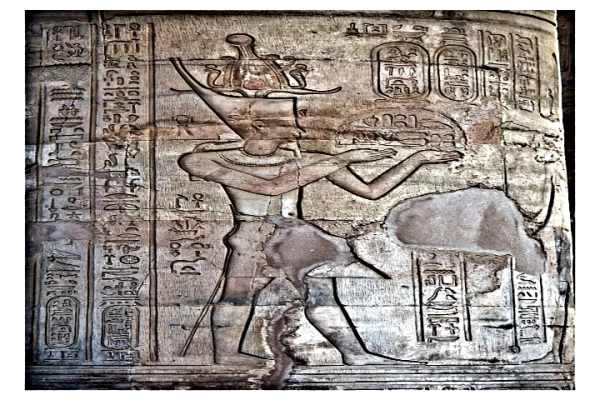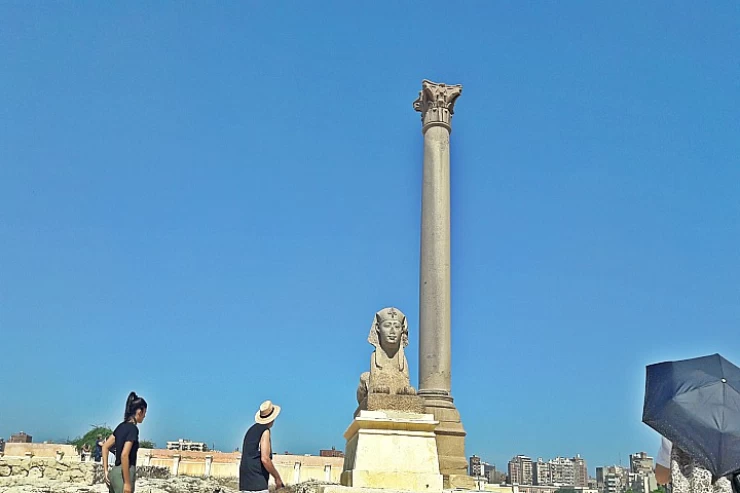
Ptolemy kings in Egypt from (VIIII - XII)
The era of Ptolemy in Egypt
The Ptolemies, a royal family of Macedonian origin, ruled Egypt after Alexander the Great in the period between 323-30 BC. They were known by this name because each king bore the name or title of Ptolemy, the name of the founder of the dynasty. The members of this dynasty are known as the Lagids, after Lagus, the father of the founder of the dynasty. They numbered fifteen kings, the last of whom was Queen Cleopatra VII.
The Ptolemies ruled Egypt and its dependent regions as subjects of their rule, which they inherited from Alexander. Their rule was autocratic, in which the king owned and ruled. The antiquity of Egypt and the unity of its land made this easy for them, and they were not forced, as the Seleucids did, to establish new cities. They were satisfied with establishing only one city (Ptolemais). The regions of Egypt were linked to the center, which was the capital Alexandria, with a strong central rule that required reliance on a huge army of employees, administrators, and financiers. Egypt depended economically on its huge grain production and the monopoly of its kings on the trade of wheat and papyrus with the Hellenistic world, because most of the land of Egypt, except for the ownership of cities and temples, was royal land cultivated by farmers for their own account.
During the period in which the empire of Alexander the Great was divided, the Macedonian leader called Ptolemy son of Lagus became king of Egypt, and the Egyptians called him the Ptolemaic Pharaoh, and this did not happen until after the death of the nominal ruler - Alexander Aegeus (309 BC). The name of this Ptolemy was carried by fourteen kings who succeeded him on the throne of Alexandria, and the rule of this Ptolemaic or Lagida dynasty continued for more than three centuries (323 - 30 BC), and it belongs to the political and cultural history of the young Greek world, and to the cultural and political history of the ancient Egyptian world at the same time, and therefore it appears in two aspects, the first of which is Alexandrian and the second Pharaonic.
The Ptolemies followed the custom of marrying among their paternal relatives, and were characterized by qualities that distinguished their various family relations, which were supposed to be friendly and affectionate, or they bestowed upon themselves some of the virtues and qualities that Greek morality at that time conferred on the ideal ruler: such as Philadelphus, Philopator, Philometor, Soter (the savior), Everget (the benefactor), Epiphanes (the home), and Eucharistos (the one blessed by divine pardon). When these titles were translated into Egyptian, they soon took their place in the field of hieroglyphic titles, among the many other Egyptian titles, which were actually associated with the gods of the country.
Under the Ptolemaic dynasty, the temples of many cities were expanded or completely renovated in the original Egyptian style. Philae, Ombos (Kom Ombo), Edfu, Esna, Dendera, and Medamud are among the largest surviving Ptolemaic constructions. A complex system of writing was used to achieve the greatest possible expression in pictorial signs, and the utmost precision was followed in the principles of architectural meaning and the rules of inscriptions.















